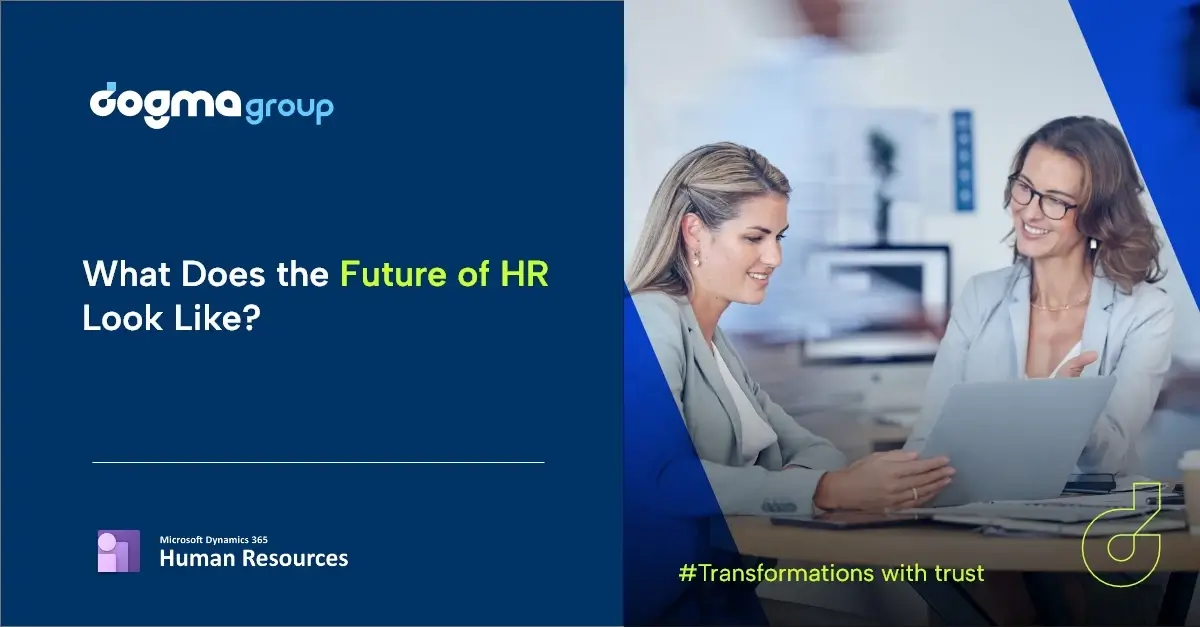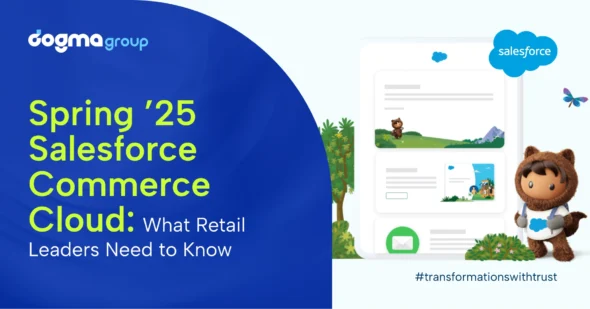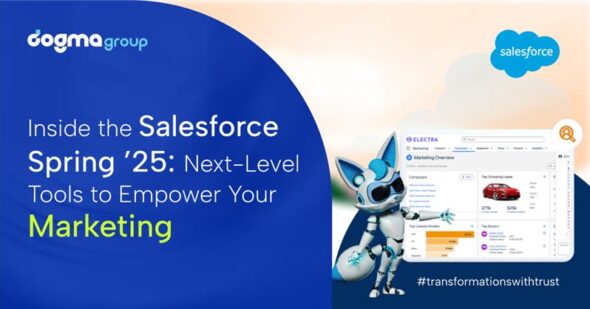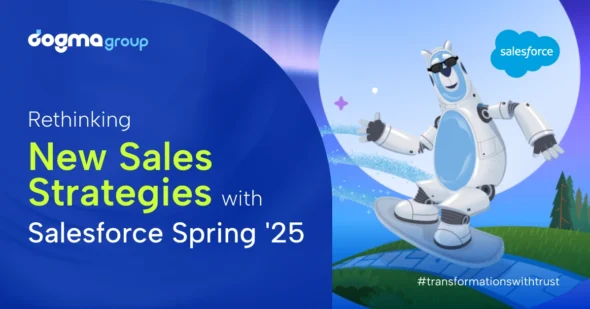In 2025, HR has evolved from a support role to a strategic force driving resilience, culture, and innovation. As organizations adapt to the post-AI boom and a skills-first, hybrid economy, HR leaders are reimagining everything from hiring to employee experience.
What started as a pandemic response has become a long-term shift—shaped by AI, decentralisation, and a demand for meaningful work. Here are 8 key HR trends redefining the workplace and how leading companies are staying ahead.
1. Hybrid working becomes the norm
By 2025, hybrid work isn’t just a trend—it’s the default for many organizations. The pandemic may have kickstarted the shift, but today’s flexible work expectations are here to stay. Employees now see autonomy over when and where they work as a baseline, not a perk.
For HR teams, the challenge has moved beyond logistics. It’s now about fostering connection, culture, and collaboration across distributed teams. The focus is on designing equitable hybrid models—ones that support productivity, well-being, and career growth regardless of location.
Advanced collaboration tools like Microsoft Teams, Notion, and AI-enabled platforms are helping teams stay aligned and productive across time zones. But tech alone isn’t the answer—leaders must be agile in testing new models, listening to feedback, and adapting policies to build a sustainable hybrid culture.
Hybrid work isn’t a one-size-fits-all solution. Whether it’s two days in-office or fully remote roles, the key is flexibility—and the ability to evolve as work and worker needs continue to shift.
2. Employee experience redefined
In 2025, employee experience is no longer a “nice-to-have”—it’s a core driver of engagement, retention, and performance. With trends like quiet quitting, bare minimum Mondays, and growing employee expectations for meaning and connection at work, businesses that invest in experience are setting themselves apart.
Today’s workforce wants more than just a paycheck—they want purpose, flexibility, recognition, and a sense of belonging. And with hybrid and remote work now the norm, designing a great experience takes thoughtful planning and the right tools.
HR teams are now using AI-driven insights, automation, and real-time feedback platforms to build personalized, scalable employee journeys. Even simple gestures—like celebrating milestones through Microsoft Teams or Slack—can contribute to a recognition-rich culture that boosts morale and loyalty.
Companies that treat employees like internal customers are seeing gains in productivity and retention. The future of work is human-centered—and the employee experience is at the heart of it.

Self-service is also impactful when it comes to improving employees’ day-to-day experience. Self-service keeps the employees updated and independent. You don’t need to do guesswork or frequently email or text HR to update your profile, for time-off requests or check your number of day-offs. Self-service is also beneficial for the HR team as it saves their valuable time by automatically processing these simple requests. This way HR team can focus on other valuable and strategic tasks and plans.
One such solution that helps you empower employees with the self-service tool is Dynamics 365 HR, which allows employees to view their time-off balance, access rich employee profiles that include career accomplishments, skills, certifications and interests and track their training and certification.
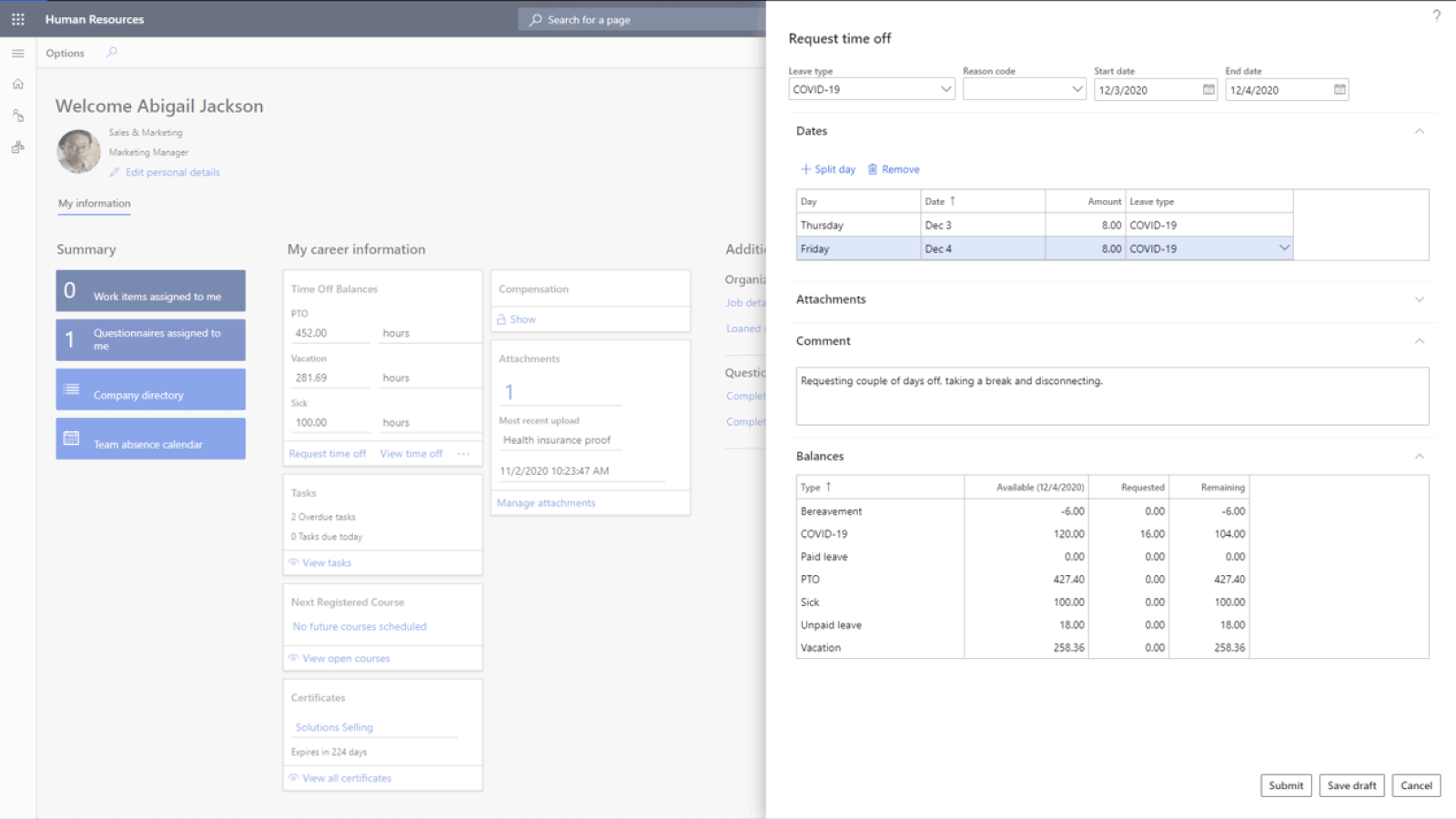
3. Upskilling is crucial
According to the World Economic Forum, by 2025, half of all employees worldwide will need reskilling. The report further says that wide-ranging investment in upskilling has the potential to boost the GDP by $6.5 trillion by 2030.
The technological disruption over the past few years has shown workers’ need to be prepared for the ‘future of work’ and fundamentally upgrade their skills. Thus, companies have started encouraging employees and making it mandatory for them to allocate time to learn new skills.
A stellar HR department is critical in discussing and guiding the areas to focus on training. Along with that, learning new skills has become easily accessible with platforms like Coursera, Edx, LinkedIn Learning and others. Similarly, peer-to-peer learning and monitoring have become efficient and simple with video conferencing sessions in Teams, real-time file sharing and reviewing through SharePoint.
Apart from this, employees can use HR technology like Dynamics 365 HR for performance tracking and goal setting to elevate their skills and capabilities.
4. Data-driven HR is need of an hour
According to a report by McKinsey, organisations can increase recruiting efficiency by 80 per cent and decrease attrition by up to 50 per cent by making data-driven decisions and practising people analytics.
People analytics, a goal-focused method of studying all people’s processes, challenges and opportunities at work, leads to better decision-making. With people analytics, the HR department can develop data-driven insights, make better hiring decisions, and carry out performance management for better retention.

Likewise, with the dashboard that highlights data for specific scenarios, including collaboration, workload and inclusion, the HR, the line manager and the employee can get visibility, positively impacting work efficiency and quality in the future. Optimising each of these processes helps HR avoid employee burnout, lower turnover, and achieve balanced workforce planning.
Analysing data such as acceptance rate—the number of candidates who receive and accept job offers, early turnover rate, training completion rate, training ROI, employee history like joining date and promotion can help the company to improve decisions regarding employees and create more compelling strategies for attracting and retaining talent. Likewise, data like employee engagement rate and time completion rate can help HR measure employee productivity and work on employee efficiency and engagement.

Using all these data can be challenging at first, but it is probably the greatest asset of the HR team as it gives you valuable insights on your company’s perception from the side of your employee and other potential professionals.
5. Gig Economy and hiring people around the globe is the new normal
Half of the currently employed workforce comprises millennials. Besides this, Generation Z is also gradually entering the workforce, thereby changing the employment landscape and working trends.
This implies that we are on the brink of disruption in terms of talent management. Today’s workforce needs more flexibility and a healthy work-life balance. Also, it is hard to rely on full-time workers, so hiring contractual and freelance workers have become a popular HR trend (also known as the gig economy) that companies worldwide are adopting.

According to the Freelance Market Statistics & Trends report, in 2025, the global freelance market economy is likely to reach $455 billion USD.
This means that companies need to be flexible in adapting human resource practices to develop an agile workforce. However, keeping track of workload, Rota Management and payroll are indeed the factors to keep in mind when it comes to workload. An intelligent HR software can come in handy to automate and manage these compliances.
6. Promoting diversity and inclusion to adapt to the global market
As businesses become more digital and global, diversity and inclusion are more important than ever. Employees value the sense of belonging more than ever. Hiring and caring for employees without ethnicity and gender biases enable businesses to develop greater flexibility in adapting to dynamic markets.
Workplace diversity gives space to a wider range of ideas and perspectives necessary to meet customers’ needs more effectively. Meanwhile, consumers and the general public have also raised the bar on what they expect regarding “cultural diversity” and “gender equality.” So, a thoughtful policy and approach that encourages diversity and inclusion among employees will also enhance the brand image and prestige of the company.
7. Digitisation and Automation to look at the bigger picture of HR’s role
For HR to be more focused on strategic plans, manual tasks, like resume collection, candidate screening from online tests, need to be automated. Automation is also necessary to manage payroll processing, track employee attendance, and maintain timesheets to achieve accurate results.
Automation has many benefits. It automatically stores your data securely in the cloud. It also drastically cuts down the time to recruit employees, reducing the time for the background check and eliminating errors like missing employees’ resumes.
Many more tasks like the above can be automated with an intelligent HR management solution so that the HR team can keep up with the new HR trends and create more value for both employees and the company instead of spending countless hours on repetitive and routine HR tasks.
8. Attention to employees’ mental health
Do you know that depression and anxiety cost the global economy US$ 1 trillion yearly, predominantly from reduced productivity? (Source: WHO) Given the cost and consequence, investing in employees’ well-being and mental health makes practical sense.
Many organisations have already started prioritising mental health by running training courses to promote a better understanding of well-being, sharing personal stories of overcoming anxiety and depression and giving employees access to mental health counsellors whenever they need them.

Work-life disruptions can occur for many reasons, including workplace stress, burnout or personal issues. Understanding that work and mental health go hand in hand, HR professionals must begin initiatives focused on psychological health to promote their employees’ mental welfare. The activities can be as simple as keeping a monthly or weekly story-sharing session to giving a day off if anyone has a hard time concentrating due to their family or any issues.
What’s Next?
Following these trends will help your business stand out and attract the best talent. And regardless of any human resource movement—HR technology will inevitably have a role in establishing the landscape.
